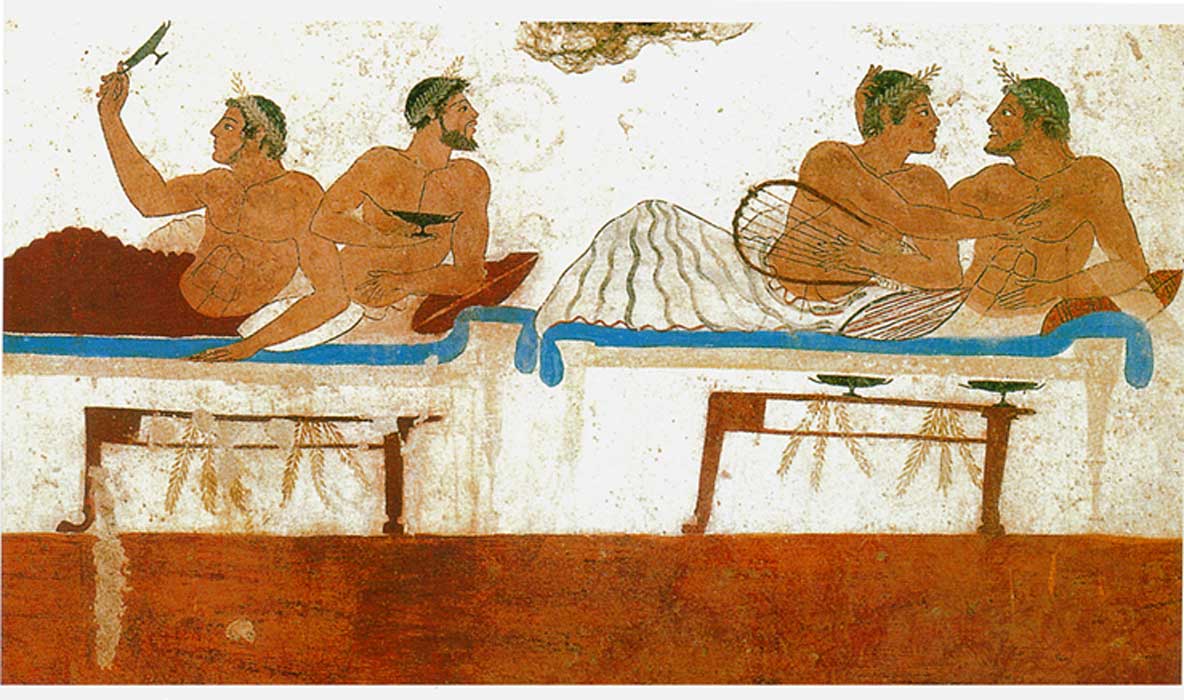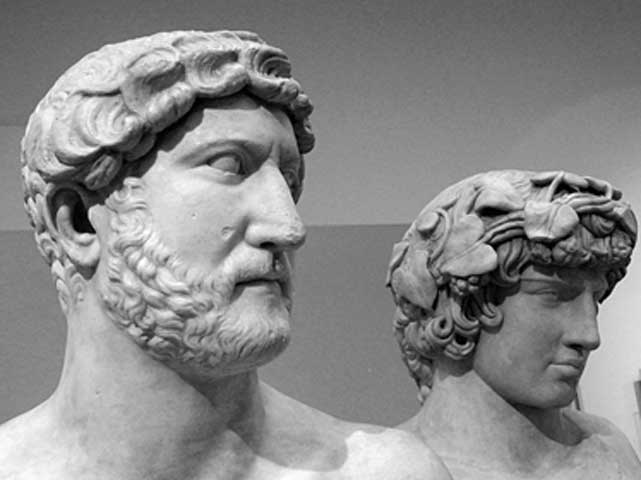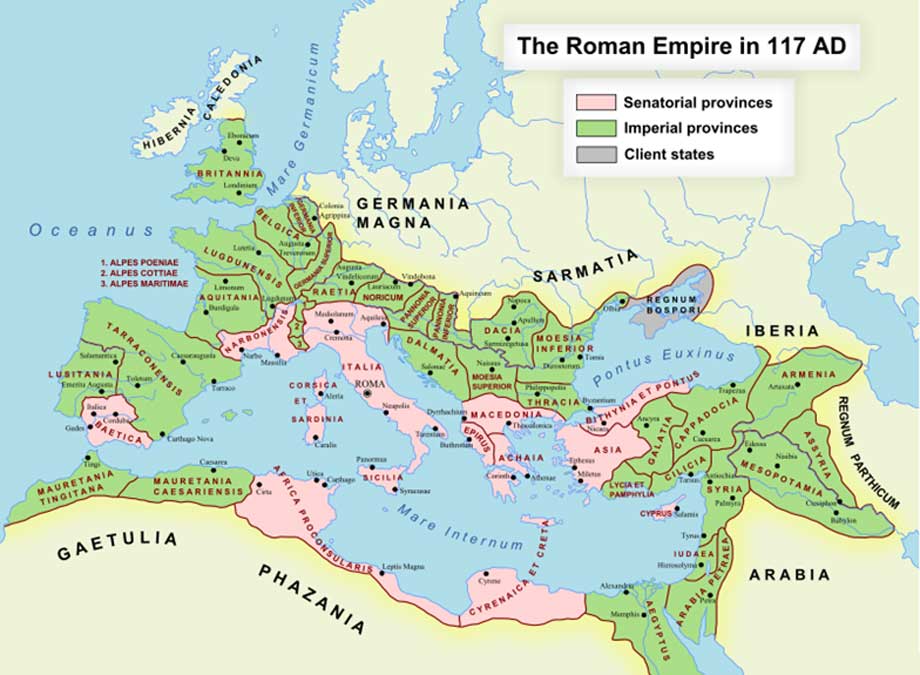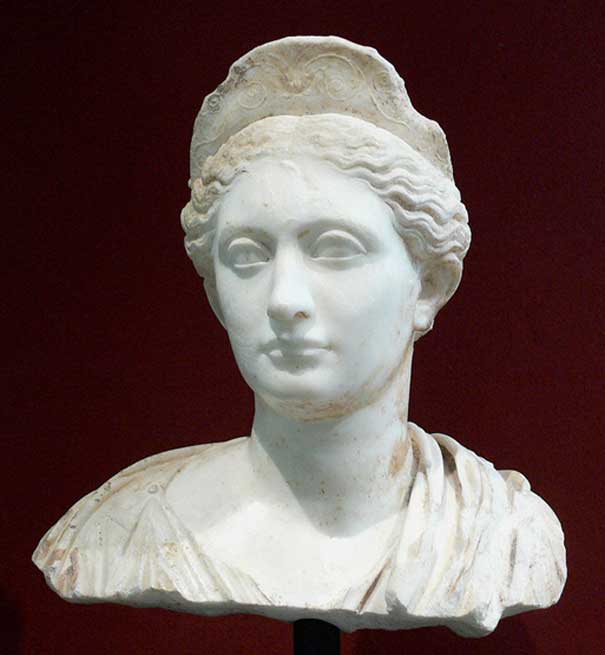
The Love Affair of the Roman Emperor Hadrian and the Handsome Antinous
Not much was known of the young Antinous before he attracted the attention of the ruler of the Roman world at its zenith. He was born in 111 AD in the Roman province of Bithynia, which would include the Asian side of Istanbul and surrounds, in modern Turkey. He was very likely not from a wealthy family - in fact, he was even said to have been a slave. However, because of his mysterious bond with Roman Emperor Hadrian, by the end of his short life, Antinous was a house-hold name all over the Roman Empire.

Bust of Hadrian probably from Rome, Italy AD 117 – 138. Bust of Antinous From Rome, Italy AD 130-140. The presence of an ivy wreath in this portrait links Antinous to the god Dionysus, the closest Greek equivalent to the Egyptian god Osiris. (CC BY-SA 2.0)
Antinous was deified upon his death and worshipped as a hero, a god and a conqueror of death - a city was founded in his name and games were held to commemorate him. More images have been identified of Antinous than of any other figure in classical antiquity with the exceptions of Augustus and Hadrian himself. However, despite his fame, we knew very little about him apart from his relationship with Hadrian.

The Roman Empire in AD 117. The western Asia Minor Senatorial province of "Bithynia and Pontus" is shown in pink, in present day Turkey. (Public Domain)
Friends or Lovers? The Emperor and the Youth
After being made emperor 117 AD, Hadrian inherited a Roman Empire which had thrived on a policy of endless expansion and conquest. Although his politically arranged marriage to Vibia Sabina, the great-niece of the childless former emperor Trajan, would have played a role in laying the groundwork for his own succession, Hadrian also proved to be an able and popular administrator to the Empire. He spent 12 out of the 21 years of his reign traveling all over the empire to visit the provinces, oversee the administration and check his armies’ discipline. He was said to have been so devoted to the army that he would sleep and eat among the common soldiers. Therefore, although his regime is marked by relative peace, Hadrian is commonly depicted in military attire.

Bust of Vibia Sabina, Roman, about AD 140, marble Getty Center, Los Angeles, California (Pubic Domain)
In 123 AD, Hadrian’s travels took him to Bithynia, where he possibly encountered Antinous for the first time. The handsome, exotic boy quickly became his favorite and was soon admitted into the Imperial Court. Although accounts of his education were unclear, it is possible that Antinous was either sent to Rome to be educated in literature, history and the arts at the finest schools for boys or he was educated by private tutors to remain close to Hadrian. Under Hadrian’s trainers, Antinous also began to train his body in the gymnasium and over time sculpted it into what would become one of the finest examples of classical male beauty. Antinous was also an excellent hunter – a favorite past time of Hadrian. Together, Antinous and Hadrian spent much of their free time hunting game.




